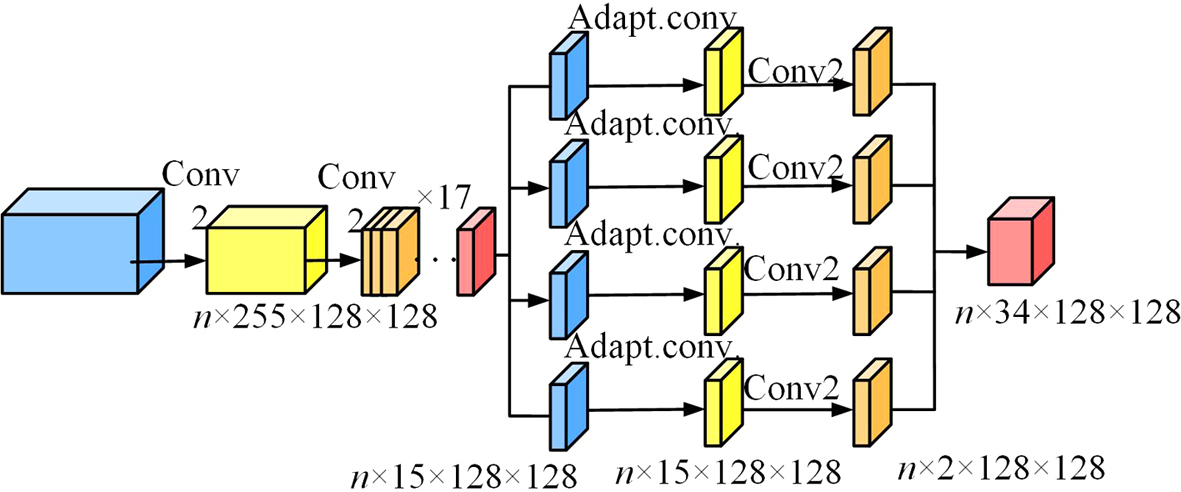Energy consumption reduction method for green buildings based on human thermal discomfort posture recognition algorithm
1
School of Management Engineering, Shandong Jianzhu University, China
2
School of Finance and Economics, Jinan Vocational College, China
Submission date: 2023-12-15
Final revision date: 2024-02-19
Acceptance date: 2024-02-27
Publication date: 2024-12-11
Corresponding author
Archives of Civil Engineering 2024;70(4):563-578
KEYWORDS
energy consumptionarchitectureair conditioning systemhuman thermal discomfortattitude recognition algorithm
TOPICS
ABSTRACT
The energy consumption of air conditioning systems accounts for more than 50% of building energy consumption. The supercooled and overheated environment provided by intelligent buildings can bring a large amount of energy loss. How to create comfortable spaces with energy-saving goals is currently the focus of research. The aim of this study is to improve the accuracy of human thermal discomfort pose recognition algorithms. This study first extracts human key points on the ground of bone key points, then normalizes the data, and finally constructs a human thermal uncomfortable posture recognition algorithm on the ground of deep learning technology. The experiment showcases that in the training set, when the iteration number is 1500, the accuracy reaches its maximum value, which is 99.98%. In the test set, the accuracy reached its maximum value of 89.85% when the iteration number was 400. After classifying the dataset, the accuracy of the first type dataset reached 99.51%. The accuracy rate of the second type dataset is 98.56%, and the accuracy rate of the third type dataset is 98.95%. In the comparison of the four algorithms, the accuracy of the research algorithm is significantly higher than the other three algorithms, indicating that the research algorithm can accurately recognize the thermal uncomfortable posture of the human body. This research algorithm can timely and effectively identify the uncomfortable posture of the human body, thereby automatically adjusting indoor temperature and achieving energy conservation and emission reduction.
We process personal data collected when visiting the website. The function of obtaining information about users and their behavior is carried out by voluntarily entered information in forms and saving cookies in end devices. Data, including cookies, are used to provide services, improve the user experience and to analyze the traffic in accordance with the Privacy policy. Data are also collected and processed by Google Analytics tool (more).
You can change cookies settings in your browser. Restricted use of cookies in the browser configuration may affect some functionalities of the website.
You can change cookies settings in your browser. Restricted use of cookies in the browser configuration may affect some functionalities of the website.




